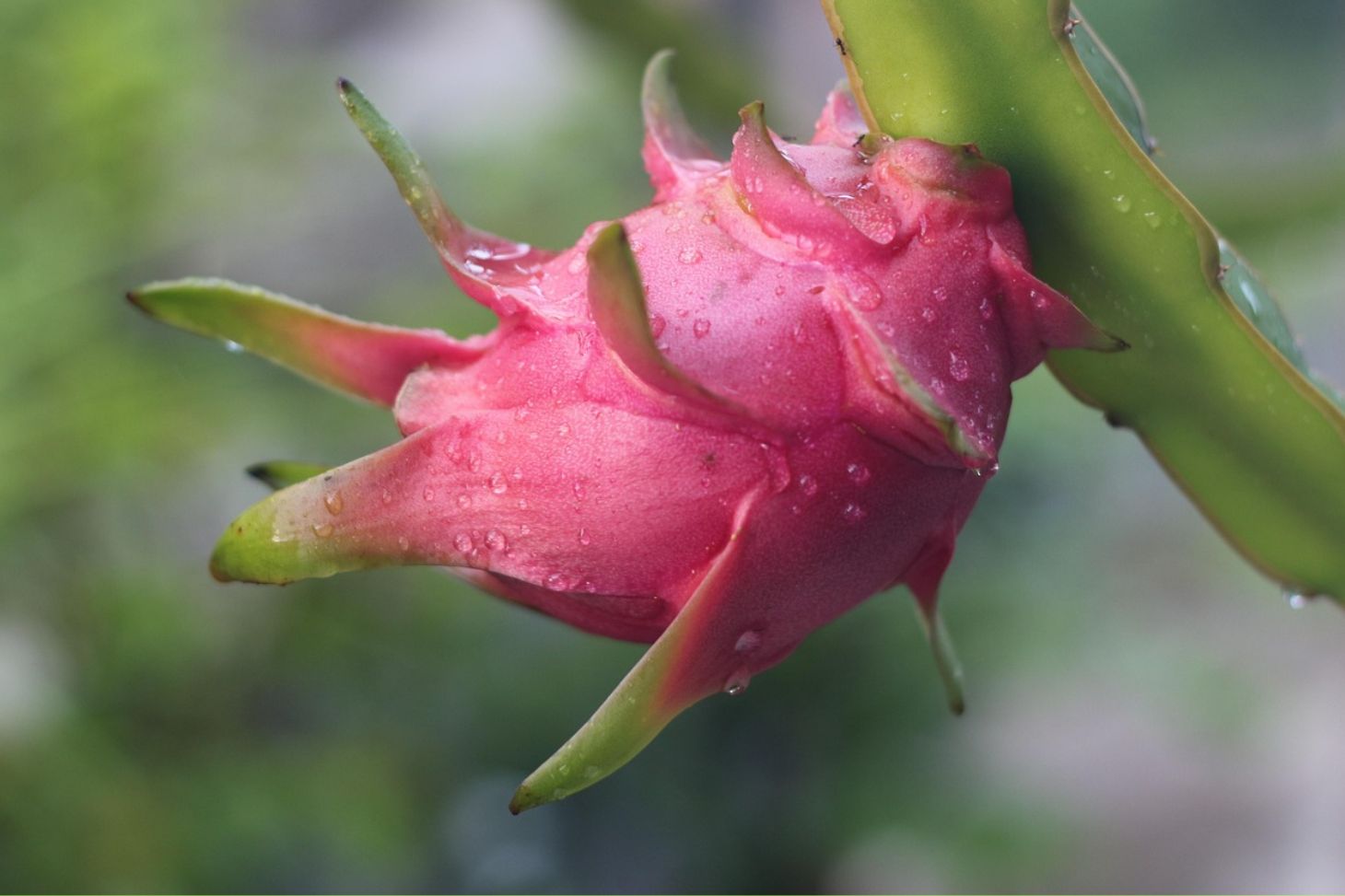Edible Cactus: Varieties and Nutrition
Did you know that some cacti are actually delicious foods enjoyed in many cultures? Prickly pear cactus, also known as nopal, is a popular edible cactus that offers both its flat paddles and colorful fruits as nutritious food options. Both the pads (nopales) and fruits (tuna or cactus pear) of the prickly pear cactus are edible and versatile ingredients in various dishes.
The prickly pear cactus is especially common in Mexican cuisine, where the thorns are carefully removed before cooking. You can prepare the cactus pads in salads, cooked dishes, or even grilled as a side dish. The fruits are sweet and often used to make syrups, jellies, and candies that capture their unique flavor.
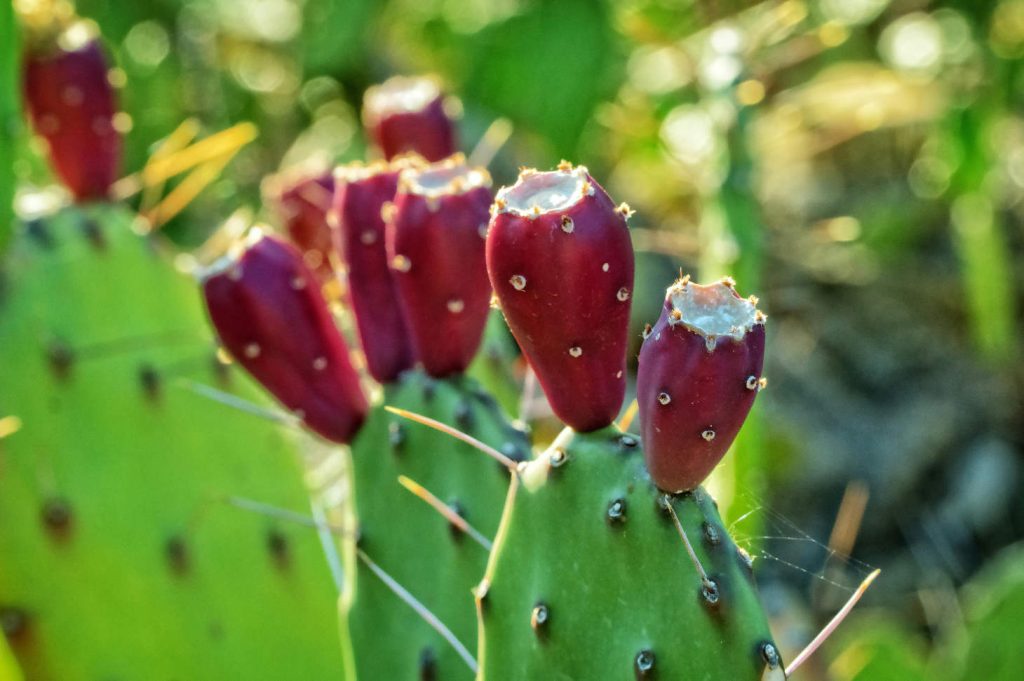
Key Takeaways
- Prickly pear cactus provides two edible parts: the flat paddles (nopales) and the colorful fruits (tuna or cactus pear).
- You must remove the thorns from cactus pads before cooking them for salads, grilled dishes, or other recipes.
- Edible cacti are nutritious food sources that can be prepared in multiple ways, from savory dishes to sweet syrups and jellies.
Cactus Varieties Fit for Consumption
Several cactus species offer edible parts that are both nutritious and flavorful. These desert plants have been used as food sources for centuries in many cultures.
Prickly Pear Cactus (Opuntia)
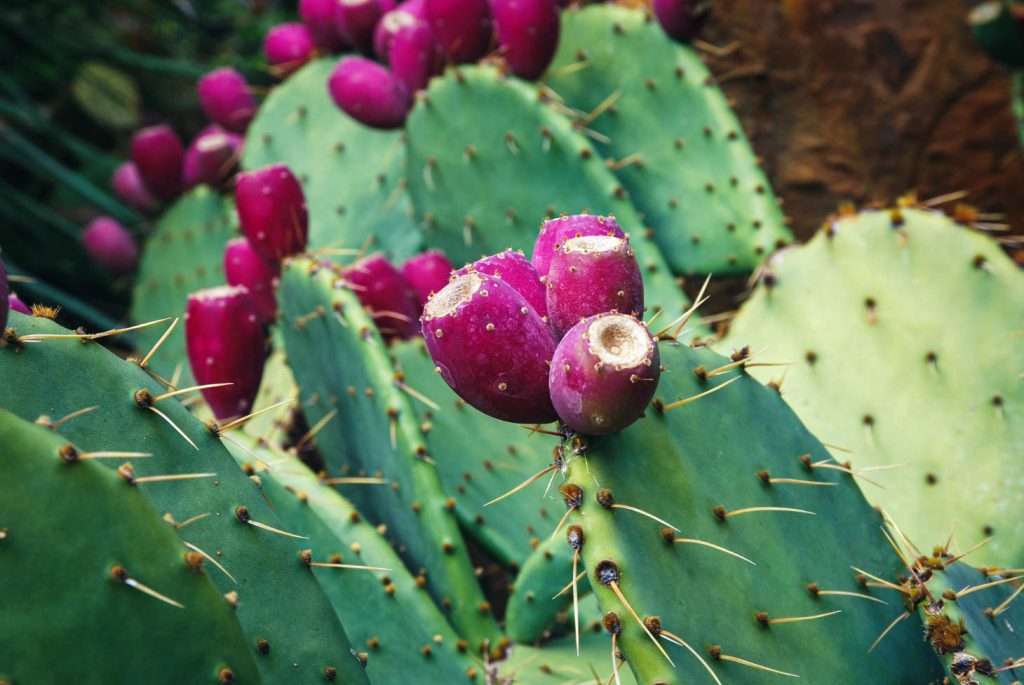
Prickly pear is the most commonly consumed cactus in North America. Both the pads (nopales) and fruits (tunas) are edible and nutritious.
The pads should be harvested when young and tender. Before cooking, you’ll need to remove the spines and glochids (tiny hair-like thorns) by carefully scraping them off.
Nopales are described as having a slightly tart or citrusy flavor. When cooked, they develop a somewhat slimy or mucilaginous texture, which is often compared to okra. You can grill, boil, or sauté them for tacos, salads, and stews.
The fruits come in various colors—red, purple, green, and yellow. They contain small seeds and sweet flesh. You can eat them fresh, make jellies, or create syrups for drinks and desserts.
Prickly pear is rich in fiber, antioxidants, and vitamin C. It may have a temporary effect on lowering blood sugar levels, but it should not be relied upon as a primary treatment for diabetes, and more research is needed to understand its full effects.
Dragon Fruit (Hylocereus)
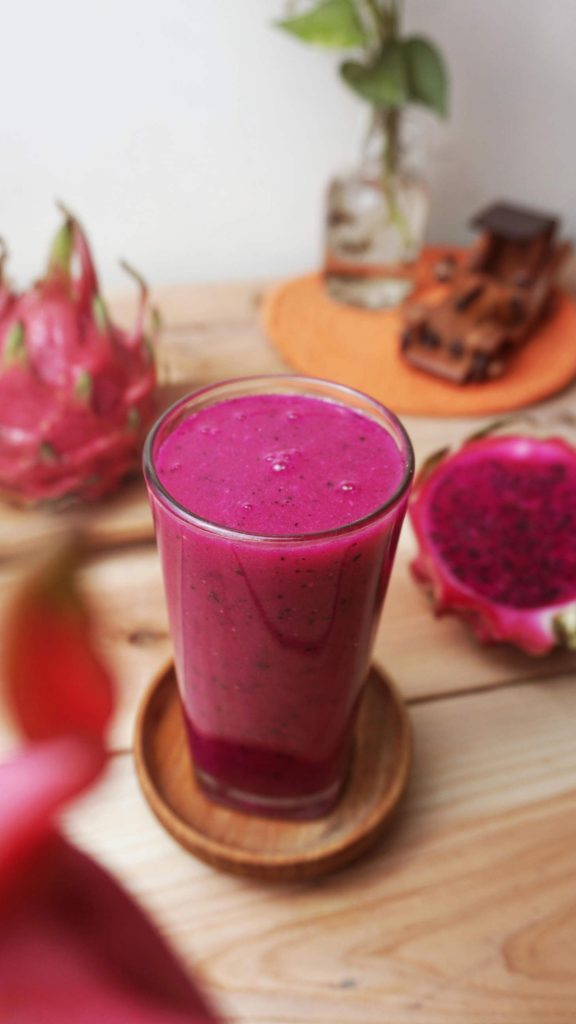
Dragon fruit comes from several cactus species in the Hylocereus genus. This stunning fruit has a bright pink or yellow exterior with scale-like projections.
The flesh inside may be white or vibrant pink/red with tiny black seeds. Its taste is mildly sweet, often compared to a cross between kiwi and pear.
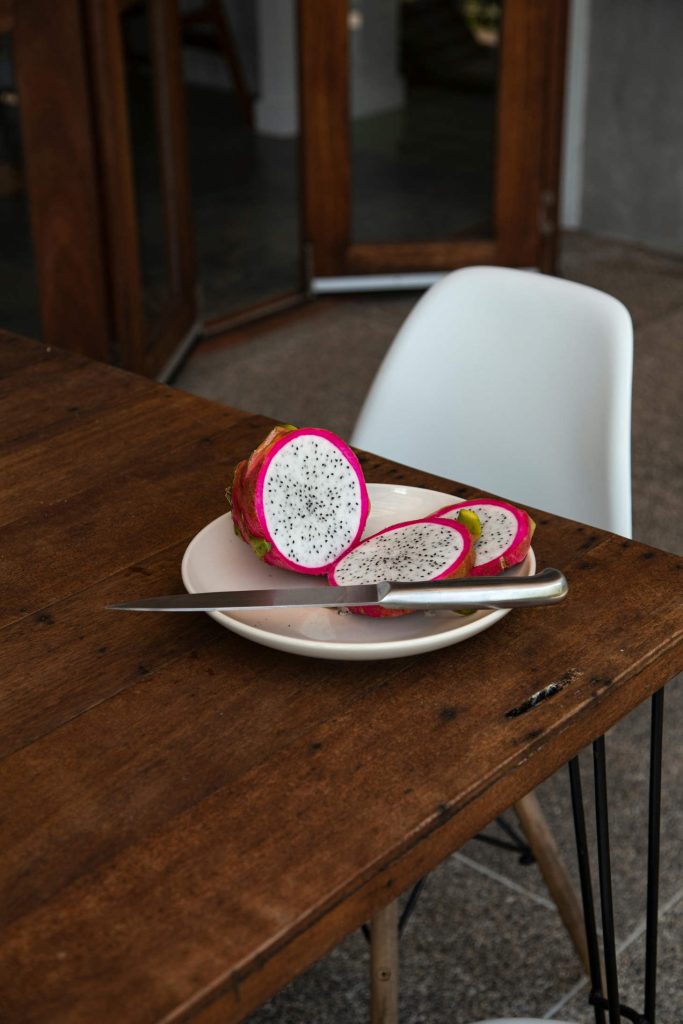
You can simply cut the fruit in half and scoop out the flesh with a spoon. Dragon fruit works well in smoothies, fruit salads, and desserts.
This cactus fruit is low in calories but high in fiber, magnesium, and vitamin C. It’s also packed with antioxidants that may help fight inflammation.
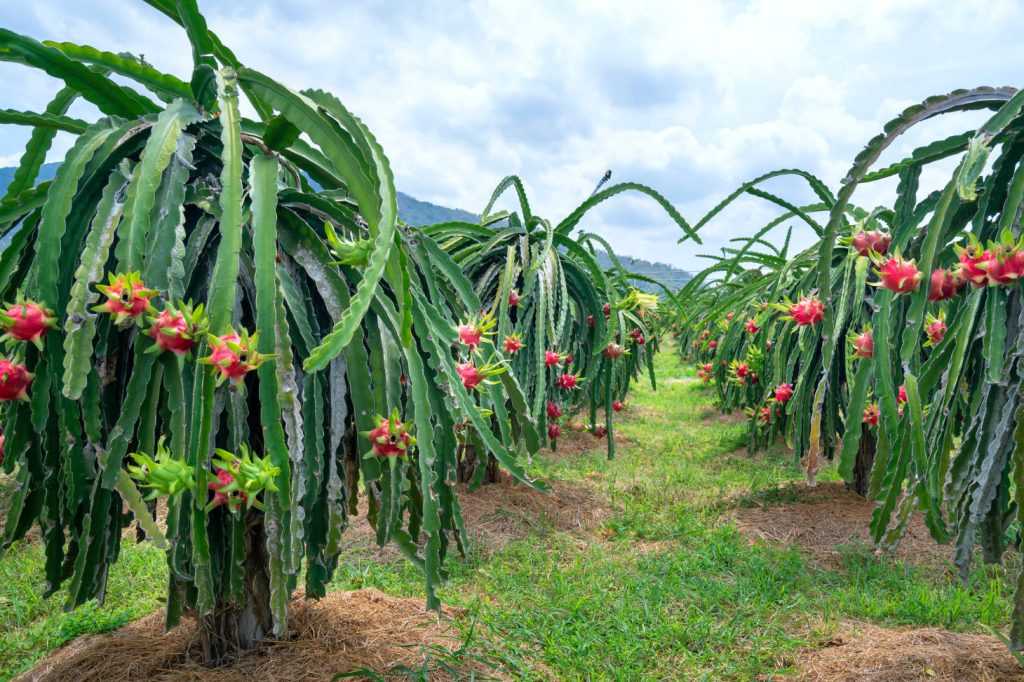
Dragon fruit plants grow as climbing cacti with large, fragrant flowers that bloom at night. Commercial production occurs throughout Southeast Asia, Central America, and other tropical regions.
Barrel Cactus (Ferocactus)
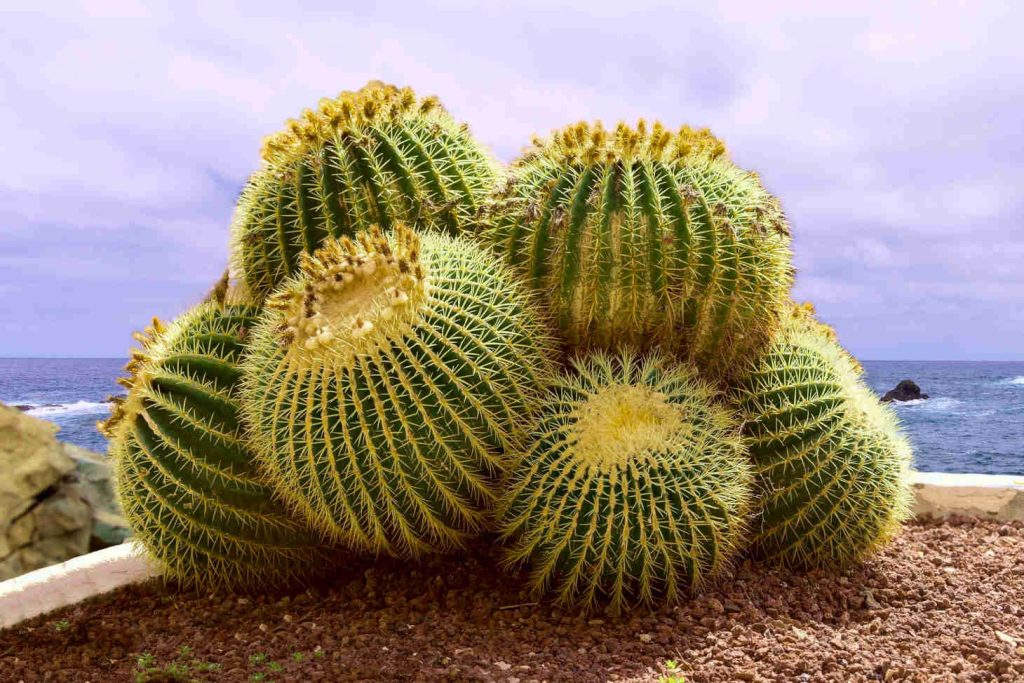
Barrel cactus produces small, pineapple-shaped fruits that are safe to eat. Unlike other edible cacti, these aren’t commercially grown but can be foraged carefully.
The yellow fruits have a sour, lemony flavor. You can eat them raw or cook them into preserves. The seeds inside are edible too and contain healthy oils.
Young barrel cactus buds can be harvested and prepared similar to artichokes. The flesh inside mature plants is also edible in survival situations, though bitter.
Be careful when harvesting from barrel cacti—their spines are large and particularly painful. Use tongs and thick gloves for protection.
While not as nutritionally rich as prickly pear or dragon fruit, barrel cactus parts provide emergency sustenance and water in desert environments.
Nutritional Value and Health Benefits
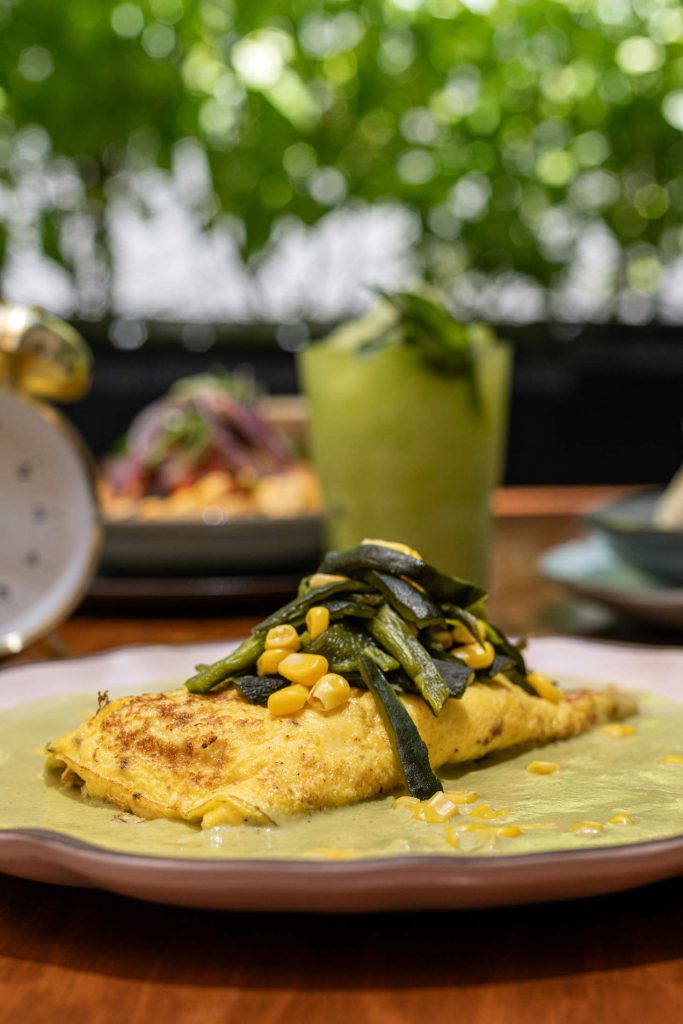
Edible cacti, particularly nopales cactus (prickly pear), offer impressive nutritional profiles that support overall health. These desert plants pack essential vitamins, minerals, antioxidants, and fiber while containing minimal calories.
Vitamin and Mineral Content
Nopales cactus provides a wealth of essential nutrients your body needs. It contains significant amounts of vitamin C, which helps boost your immune system and promotes collagen production for healthy skin. A single cup of raw nopales contains approximately 8 mg of vitamin C.
The mineral content in edible cacti is equally impressive. You’ll find calcium and magnesium in abundance, supporting bone health and proper muscle function. Calcium in nopales helps strengthen your teeth and bones, while magnesium aids in over 300 biochemical reactions in your body.
Nopales also contains other beneficial compounds like antioxidants that help neutralize harmful free radicals. These antioxidants, including flavonoids and betalains, provide anti-inflammatory benefits and may help protect your cells from damage.
Dietary Fiber and Hydration
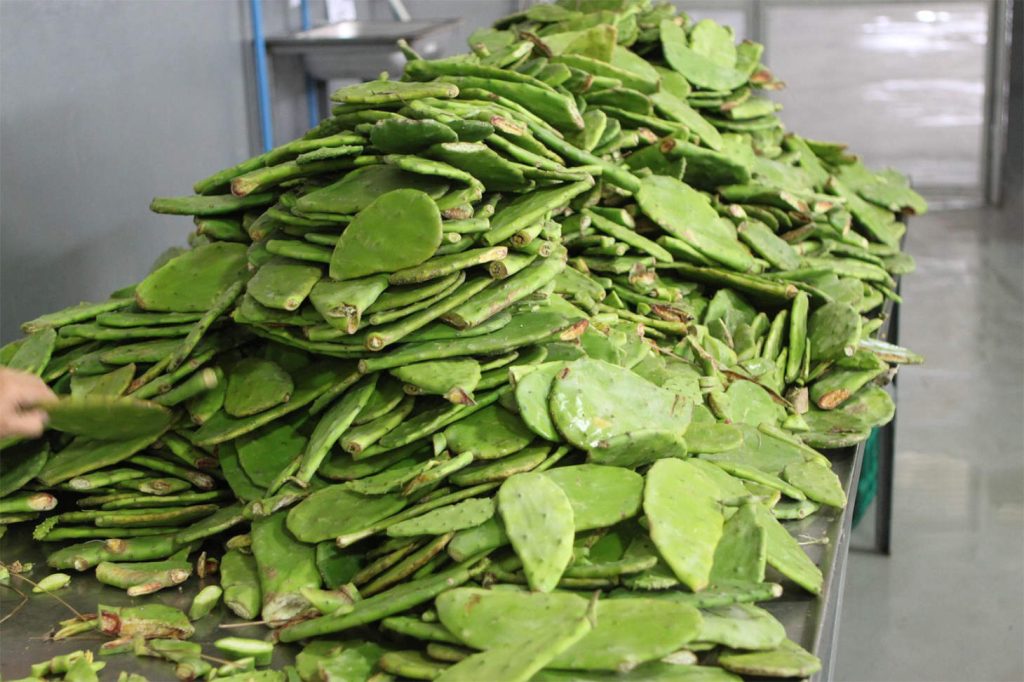
Edible cacti are excellent sources of dietary fiber, benefiting your digestive system. One cup of chopped nopales provides approximately 2-3 grams of fiber, helping you feel fuller longer and promoting regular bowel movements.
The high water content in cacti like nopales (about 90% water) makes them naturally hydrating foods. This hydration factor, combined with their fiber content, can help support healthy weight management by increasing satiety.
Many cacti, including prickly pear contain mucilage, a gooey, soluble fiber that forms a gel in your digestive tract. This substance may help slow sugar absorption, potentially aiding blood glucose control. Studies suggest regular consumption might help stabilize blood sugar levels.
Culinary Uses
Incorporating edible cacti into your diet can be both nutritious and delicious. Nopales are versatile ingredients common in Mexican cuisine, where they’re often grilled, boiled, or eaten raw in salads.
You can add diced nopales to scrambled eggs for a nutritional boost at breakfast. They pair well with traditional ingredients like tomatoes, onions, and cilantro. Their slightly tart, lemony flavor complements many dishes.
For a refreshing beverage, try prickly pear fruit juice or add the fruit to smoothies. The fruit’s vibrant color makes it visually appealing while providing nutritional benefits.
Harvesting and Preparing Edible Cactus
Edible cacti offer nutritious and versatile ingredients for your kitchen, but proper harvesting and preparation techniques are essential to avoid painful encounters with their natural defenses.
Foraging Best Practices
When collecting prickly pear cactus pads (nopales), choose young, tender pads about the size of your hand. These are most flavorful and have the best texture. Harvest in mid-morning to mid-afternoon when acid content is balanced for optimal flavor.
Always wear thick gloves when harvesting. Use tongs to hold the pad and a sharp knife to cut it at the joint where it connects to the main plant. Leave the base of the pad attached to ensure the plant continues to grow.
For collecting prickly pear fruits, use long tongs to grip and twist the ripe fruit off the cactus. This technique keeps your hands safely away from the spines.
Never harvest from protected lands or private property without permission. Choose plants growing away from roadways to avoid contamination.
Cleaning and Removing Glochids
Glochids are the tiny, hair-like spines that can cause significant irritation. They’re the most challenging part of preparing nopales.
To clean nopales:
- Place pads on a cutting board
- Hold with tongs, fork, or kitchen gloves
- Use a sharp knife to trim and peel nopales
- Remove all spines, glochids, and “eyes” (the bumps where spines grow)
You can also use a vegetable peeler for initial cleaning. Work carefully around the edges, which typically have more spines.
Rinse thoroughly under cold water after cleaning to wash away any remaining glochids. Some people find that burning the spines off briefly over an open flame helps with removal.
For prickly pear fruits, remove both ends and make a slit down the side. Peel back the skin to reveal the edible fruit inside.
Cooking Techniques
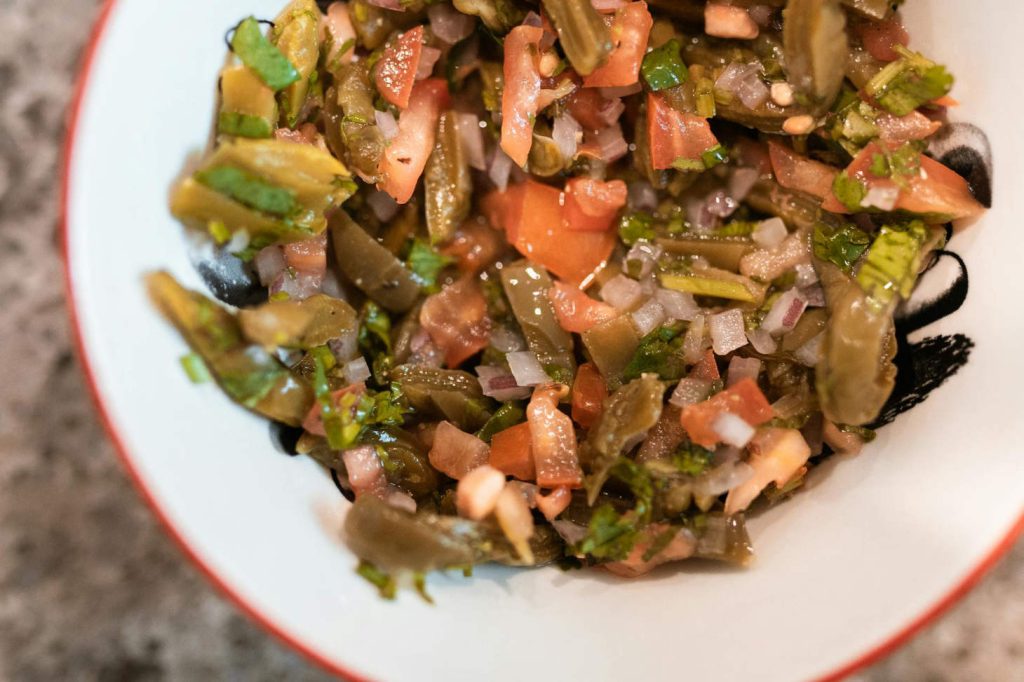
Nopales have a tart flavor similar to green beans or asparagus. They produce a sticky substance when cooking that reduces with proper preparation.
Basic preparation methods:
- Boiling: Cut cleaned pads into strips and boil in salted water for 15-20 minutes until tender. Drain and rinse to remove stickiness.
- Grilling: Brush whole cleaned pads with oil and grill 3-4 minutes per side until tender with nice grill marks.
- Sautéing: Dice cleaned pads and sauté with onions and garlic until the stickiness disappears.
Cooked nopales work well in salads, scrambled eggs, tacos, and soups. They can be served hot or cold depending on your recipe.
Prickly pear fruits can be eaten raw, made into juice, jelly, or even used in cocktails. Their sweet flavor pairs nicely with citrus and makes excellent desserts.
Cactus in Culinary Arts
Cactus plants offer unique flavors and textures to dishes across various cuisines. These desert plants transform from prickly vegetation into versatile ingredients that add nutrition and distinctive taste to meals.
Traditional Dishes with Nopales
Nopales, the flat pads of the prickly pear cactus, are a staple in Mexican cuisine. You’ll find them prepared in many ways after their spines are carefully removed. They’re often diced and sautéed with onions, tomatoes, and chili peppers to create “nopalitos.”
In traditional cooking, nopales appear in scrambled eggs (huevos con nopales), soups, and tacos. The flavor is mild and slightly tart, similar to green beans with a hint of lemon. When cooked, they release a sticky substance that lessens with proper preparation.
To prepare nopales at home, cut them into thin strips and soak them in water to reduce the sliminess. Then, they can be boiled or grilled until tender. They provide a fresh, crisp element to many dishes while offering nutritional benefits like fiber and vitamins.
Prickly Pear as a Delicacy
The prickly pear fruit, also called “tunas,” offers a sweet, watermelon-like flavor that makes it popular in desserts and drinks. These vibrant red-purple fruits grow on the same cactus as nopales but serve a different culinary purpose.
You can transform tunas into jellies, syrups, and candies. In Mexico and the Caribbean, prickly pear syrup adds color and flavor to beverages and desserts. The bright magenta juice makes stunning natural food coloring.
Cactus pear wine and liqueurs have gained popularity in recent years. When selecting prickly pears, look for firm fruits with deep color. To prepare them, remove the skin carefully to avoid the tiny spines called glochids. The seeds are edible but crunchy, and many people prefer to strain them out.
Contemporary Cactus Cuisine
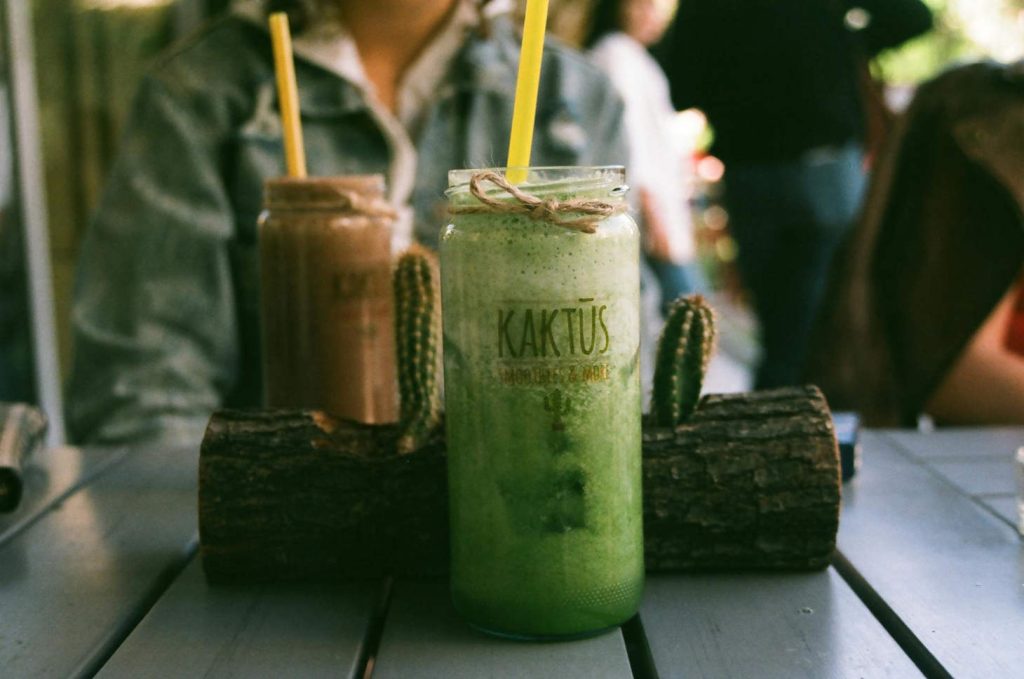
Modern chefs have embraced cactus in innovative culinary creations beyond traditional uses. You’ll find nopales in gourmet salads, grilled as side dishes, and even incorporated into smoothies for their nutritional properties.
Cactus flowers make elegant, edible garnishes with their bright colors and subtle flavors. Some high-end restaurants feature cactus sorbet or gelato made from prickly pear fruit.
Health-conscious cooks appreciate cactus for its low calorie content and potential benefits for blood sugar control. Cactus flour, made from dried and ground nopales, works as a gluten-free alternative in some baked goods.
Cactus-based products like jams, pickles, and chips have entered mainstream markets. You can purchase pre-prepared nopales in jars or cans to easily incorporate them into your cooking without dealing with the spines.

